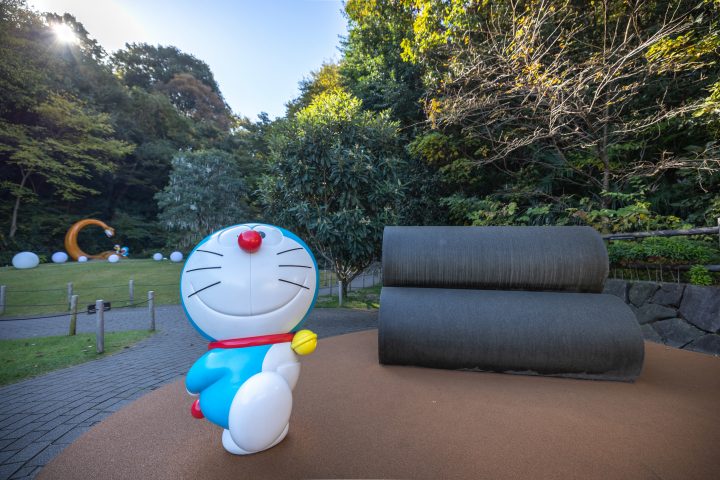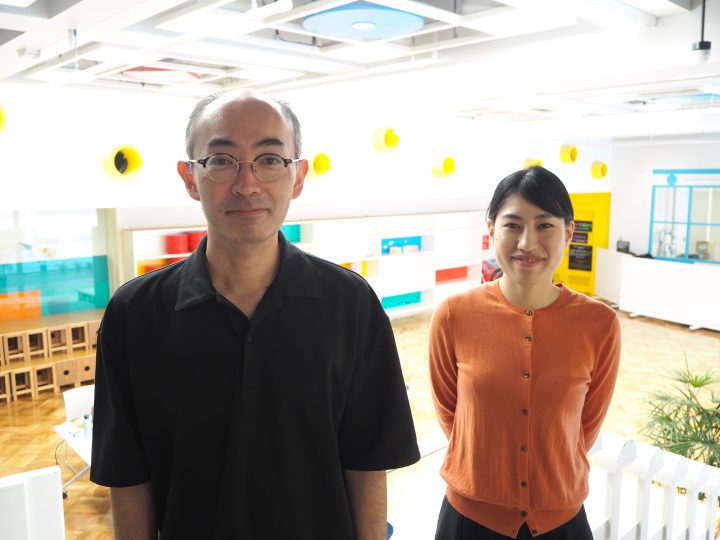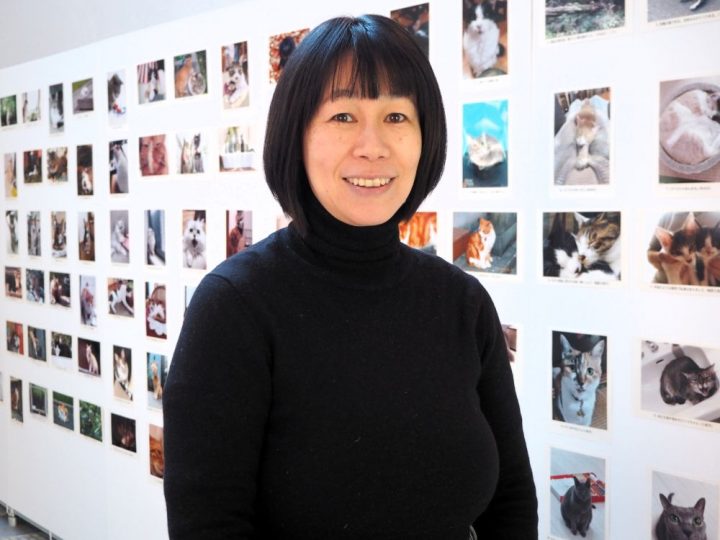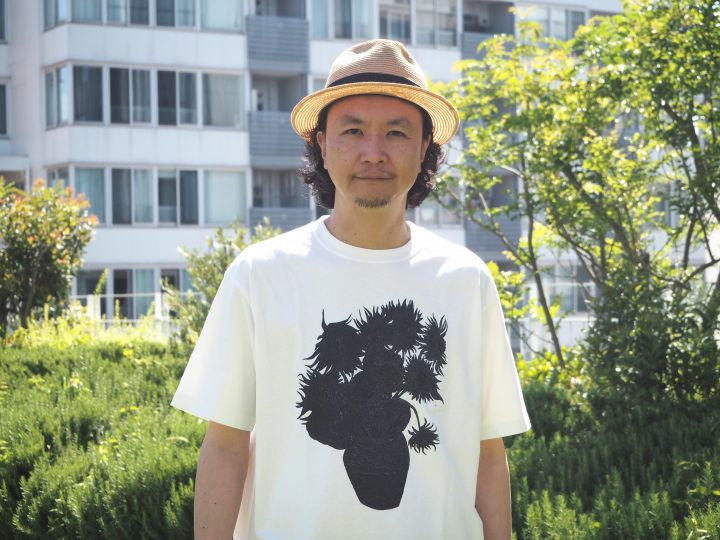[The Magic of Art 02] The Museum of Modern Art, Kamakura Annex: Passing on 40 years of memories and collections to the future
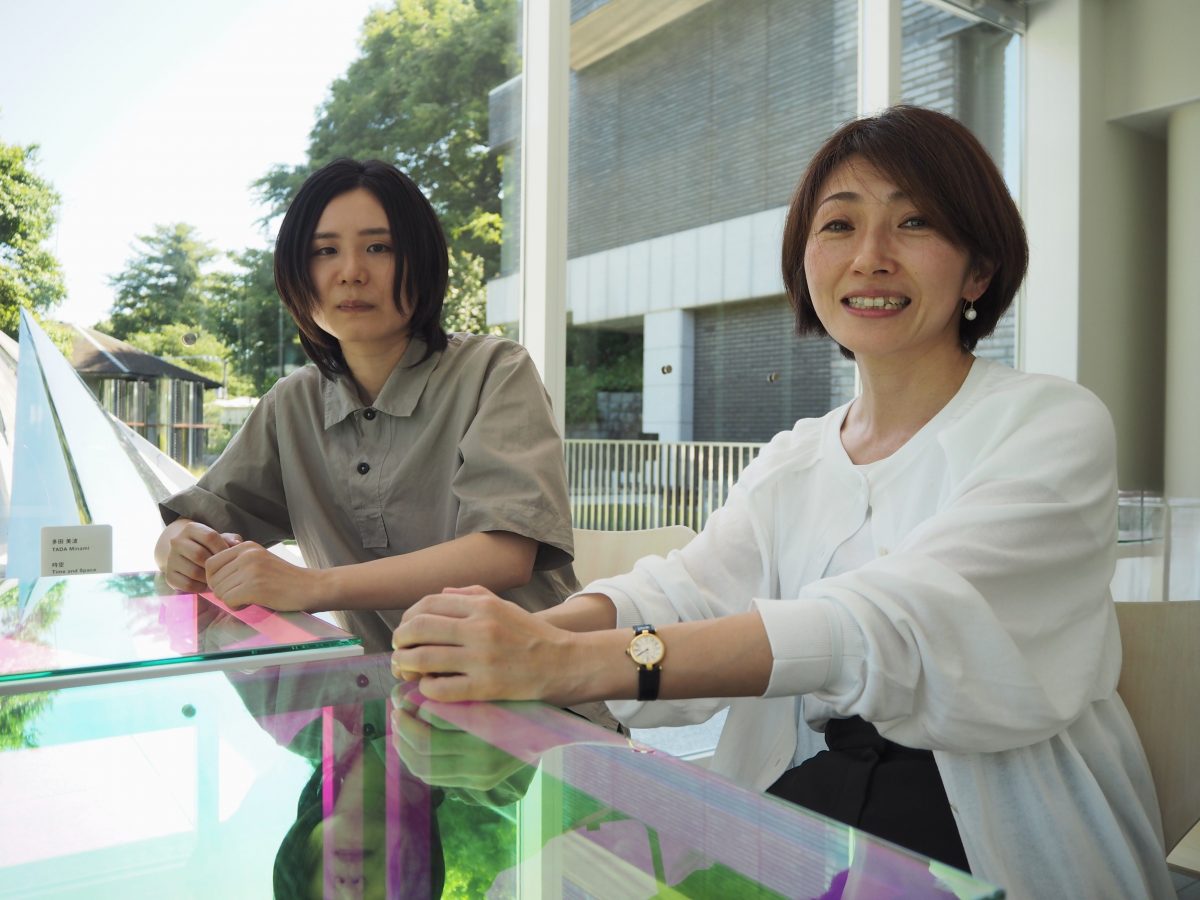
Museums display valuable collections and satisfy us. Behind the scenes, activities are ongoing every day to preserve, restore, and manage the collections in an appropriate manner. This time, we visited the Kamakura Annex of the Museum of Modern Art, Kamakura and Hayama, which is celebrating its 40th anniversary. We interviewed the new director, Nagato Saki, and the curator in charge of preservation and restoration, Hashiguchi Yui, and took a look at the work and efforts of museums that are rarely seen in everyday life.
(Top image: From left: Yui Hashiguchi, Saki Nagato)
Japan's first public modern art museum
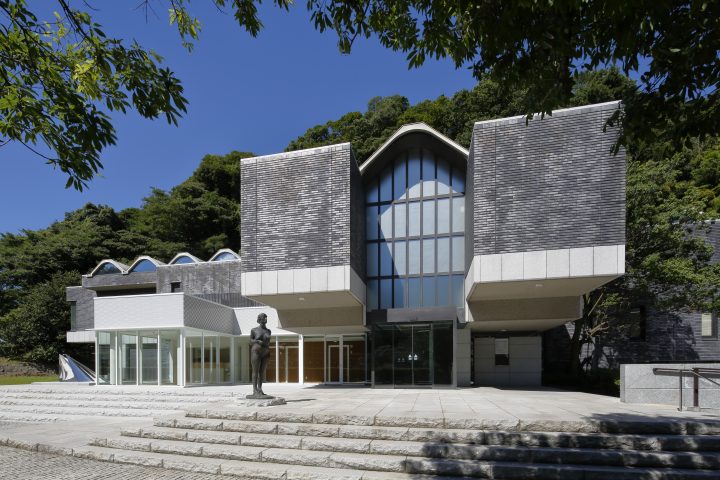
Kanagawa Prefectural Museum of Modern Art, Kamakura Annex Photo: Kioku Keizo
The Museum of Modern Art, Kanagawa Prefecture, was established in 1951 within the grounds of Tsurugaoka Hachimangu Shrine in Kamakura.
It began during the postwar reconstruction period, and has continued its activities while changing its structure to suit the situation, such as expanding the storage facility and securing space for permanent exhibitions. The Kamakura Annex opened in 1984, the Hayama Museum in 2003, and the Kamakura Museum in the grounds of Tsurugaoka Hachimangu Shrine closed in 2016, leaving two museums, the Hayama Museum and the Kamakura Annex, and on April 1, 2024, Saki Nagato was appointed as the eighth director.
--Three months have passed since you became the new director, Nagato-san.
Nagato : I have been the curator and chief curator at the Kanagawa Prefectural Museum of Modern Art since 1993, and the head of the planning department since 2018. I am originally from Kanagawa and have loved art since I was a child, so I have fond memories of the Kanagawa Prefectural Museum of Modern Art.
-What impression do you have since becoming a curator?
I feel like the past 30 years have been full of change.
I was happy to witness the milestone of the closure and reopening of the Kamakura and Hayama museums, but we were hit by a series of unexpected natural disasters. The Great Hanshin-Awaji Earthquake, the Great East Japan Earthquake, and the Noto Peninsula Earthquake of 2024 still leave me feeling anxious. As someone involved with art, I am concerned about the preservation and protection of artworks, as well as our lives and livelihoods.
-I heard that the Kanagawa Prefectural Museum of Modern Art has a dedicated person in charge of preservation and restoration.
Nagato: Following the Great Hanshin-Awaji earthquake in 1995, our museum became increasingly aware of the importance of preservation and restoration, and when the Hayama branch opened in 2003, we set up a work room and assigned specialized staff to it.
- Before that, did you have to hire an outside repair technician each time?
Nagato : Yes. Incidentally, conservation and restoration is not just about making things look good. Damaged works are repaired, but depending on their condition, it may be possible to preserve them as is. At the restoration planning stage, curators and restorers work together to thoroughly examine each piece, including the artist's intentions in the work and the historical context in which it was painted. By being able to carry out the restoration work in the museum, we are now able to take a long-term view of the collection and consider the necessity and timing of treatment.
Initiatives to "care for, protect, and preserve"
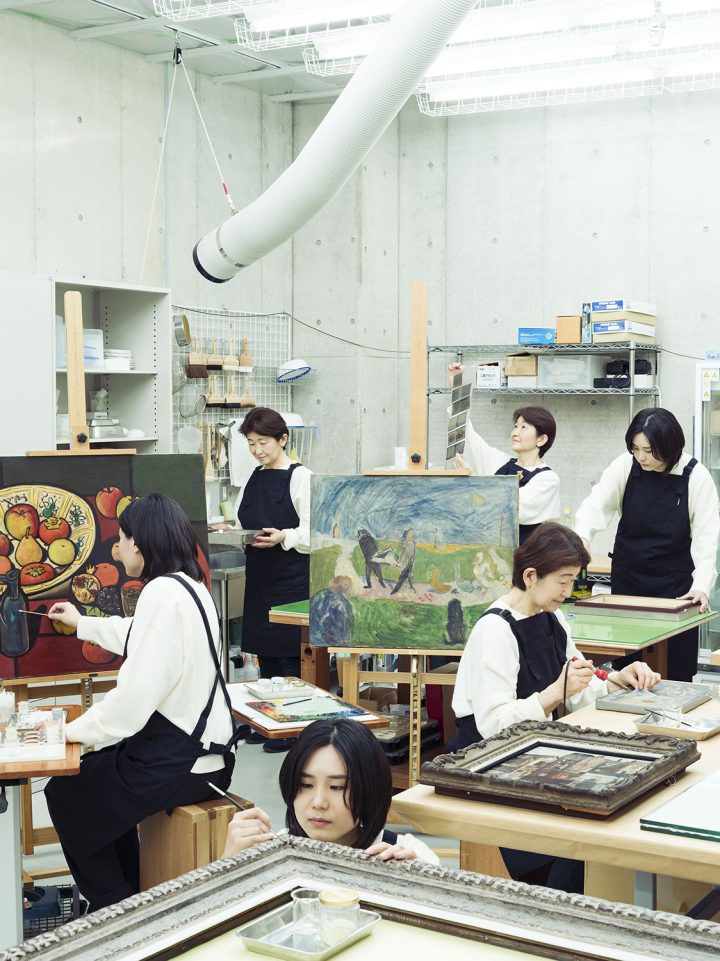
Image of the restoration work (Kanagawa Prefectural Museum of Modern Art, Hayama) Photo: Katsuaki Sato
--The ongoing "Kamakura Annex 40th Anniversary: Treating, Protecting, Preserving - Conservation and Restoration of the Kanagawa Prefectural Museum of Modern Art" project takes a unique approach.
There are only a few museums in Japan that have conservation and restoration technicians in their organization . By introducing the work of our museum, which has 20 years of experience since we appointed specialized staff, we hope to raise awareness of the importance of conservation and restoration. We also hope to convey the history of our museum to the young staff members in charge of this exhibition, including Mr. Hashiguchi, so that they can entrust their future to us.
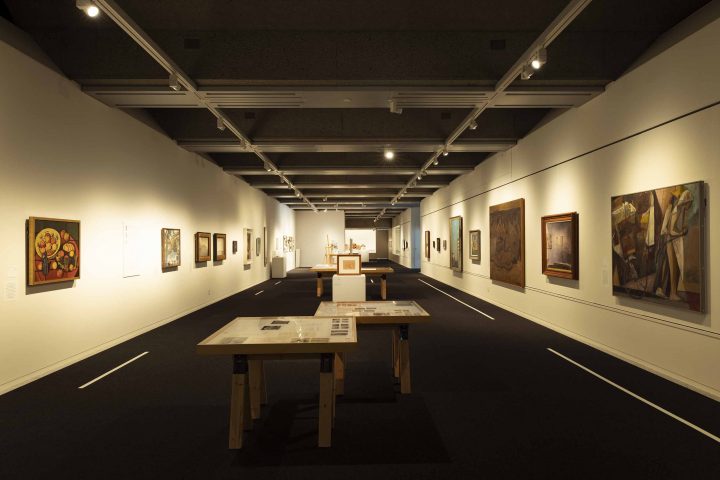
View of the venue Photo: Katsuaki Sato
- Mr. Hashiguchi, there was a message from Director Nagato.
Hashiguchi : Yes. I am a curator who specializes in conservation and restoration, but I feel that there are still few staff members in the same position at other museums. Recently, not only have there been major earthquakes, but also more torrential rains and large typhoons. Our museum also suffered fatal damage to a large outdoor sculpture from Typhoon Faxai in September 2019, and we had to restore it. The details of this restoration are also introduced in the exhibition. I hope that by viewing the "Respond, Protect, Preserve" exhibition, you will learn about the significance of conservation and restoration.
- At the exhibition, first of all, there was a row of restoration tools right in front of the entrance. I was excited to see the familiar stationery and surprised by the number of tools.
Hashiguchi Painting improves not only the surface of the artwork, but also the back and frame. Even in the perfect environment of a museum, artworks will slowly deteriorate over a long period of time, so we often do work that is like a kind of "pre-illness treatment" for humans to prevent serious illness.
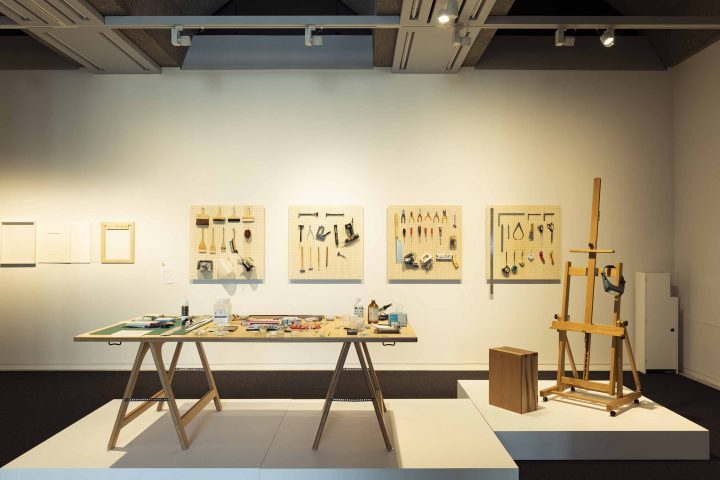
Scene from the exhibition (tools used for restoration) Photo: Katsuaki Sato
-The before and after images of the oil paintings were amazing, and the explanations for each piece were also very interesting to read.
Thank you, Hashiguchi . The explanation is something I paid particular attention to, as it not only explains the cause of the damage and the details of the repair, but also the reasons why that treatment was chosen.
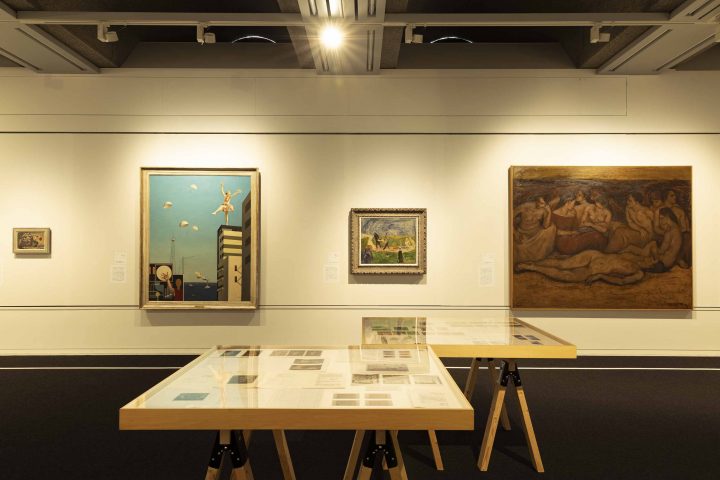
View of the venue Photo: Katsuaki Sato
-I heard that you recently held a workshop on "cleaning outdoor sculptures."
There are 20 outdoor sculptures at the Hashiguchi Hayama Museum and 8 at the Kamakura Annex. The outdoor sculptures are exposed to direct sunlight, rain and wind every day. There are also insects and birds, and the location is close to the sea, so the air has a high salt concentration. They are inspected daily, and cleaned once a year with scrubbing brushes, dusters and high-pressure cleaners. This time, we held a workshop to let people know how to care for the outdoor sculptures.
-What were the participants' impressions?
Hashiguchi : They had a lot of fun working with the high-pressure cleaner, and they cleaned every nook and cranny (laughs). I think that by cleaning, they were able to come into contact with the sculptures and feel closer to them.

Shin Hongo, Voices of the Sea, 1950, bronze, Kanagawa Prefectural Museum of Modern Art, Photography: Keizo Kioku
Celebrating the 40th Anniversary of the Kamakura Annex
-Finally, Director Nagato, please tell us about your future plans.
Nagato: We often hear the word "diversity," and both the genre of artwork and the way it is exhibited have changed. We also want to present the diverse artworks in our collection in a variety of ways. For example, we are looking to make the museum a more attractive place, such as by presenting them in a way that transcends time and by arranging them in ways that go beyond the exhibition room, so please look forward to it.
Furthermore, as a museum with specialists in conservation and restoration, we would like to continue to sincerely communicate the importance of these works.
Text by Mai Shimura (editor/writer)
Kanagawa Prefectural Museum of Modern Art, Kamakura Annex
Address: 2-8-1 Yukinoshita, Kamakura City, Kanagawa Prefecture
Telephone number: 0467-22-5000
Official website: here
"Kamakura Annex 40th Anniversary: Treating, Protecting, Preserving - Conservation and Restoration of the Museum of Modern Art, Kanagawa & Hayama"
Special exhibition official website: here
Dates: Saturday, May 18, 2024 – Sunday, July 28, 2024
Closed: Mondays (except July 15th)
Opening hours: 9:30am - 5:00pm (entry until 4:30pm)
